
Lorenz Determann, Head of Customer, Strategy & Analytics, and an HR team led by Alexandra Welter broke new ground to recruit a large number of talented people for a major project in his department in a very short space of time: as equal partners, they embarked on a joint search. Authentic storytelling, different communication channels and, last but not least, the employees, who were actively integrated into the talent approach, contributed to the success. That meant a lot of work - and even more fun.
one: Alexandra, Lorenz: Why don't you start by briefly describing the project that our conversation will focus on?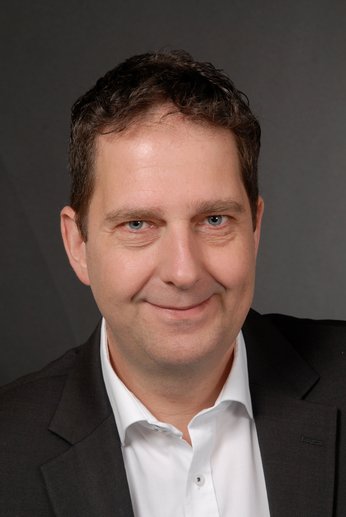 Lorenz Determann: Since 2020, we have been working on behalf of Management Board member Christoph Eltze to consider how we can reposition REWE Group for the use of modern analytical processes such as artificial intelligence (AI). It was clear to us from the outset that this was a major transformation and change project that would have an impact in many dimensions. First and foremost, there is the technological perspective, but there is also an organisational and change perspective. And we wanted to accelerate and scale the topic. So there was also a recruitment perspective. And here it quickly became clear that the existing talent acquisition processes would not get us any further if we wanted to build up the required number of employees in the area. We had to break new ground. After all, we knew how long it had taken to recruit new employees up to that point. Now we had to step up the pace and it was clear that we wouldn't be able to do it in our time frame in the tried and tested way.
Lorenz Determann: Since 2020, we have been working on behalf of Management Board member Christoph Eltze to consider how we can reposition REWE Group for the use of modern analytical processes such as artificial intelligence (AI). It was clear to us from the outset that this was a major transformation and change project that would have an impact in many dimensions. First and foremost, there is the technological perspective, but there is also an organisational and change perspective. And we wanted to accelerate and scale the topic. So there was also a recruitment perspective. And here it quickly became clear that the existing talent acquisition processes would not get us any further if we wanted to build up the required number of employees in the area. We had to break new ground. After all, we knew how long it had taken to recruit new employees up to that point. Now we had to step up the pace and it was clear that we wouldn't be able to do it in our time frame in the tried and tested way.
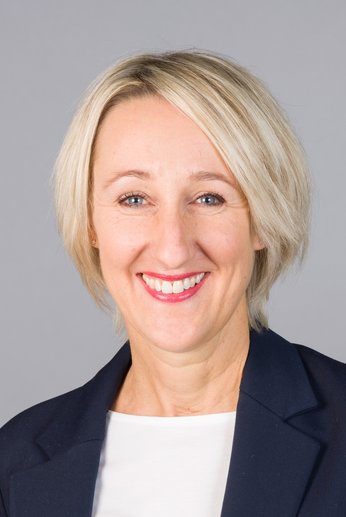 Alexandra Welter: For us at Talent Acquisition, the scale of this transformation was also new. Of course, there were and are major change processes everywhere at REWE Group, but the ambition and speed behind them presented us with a holistic task.
Alexandra Welter: For us at Talent Acquisition, the scale of this transformation was also new. Of course, there were and are major change processes everywhere at REWE Group, but the ambition and speed behind them presented us with a holistic task.
one: What time period are we talking about?
Alexandra Welter: As a first step, we had to achieve a mid double-digit target number of new hires within twelve months. And that against the backdrop of a difficult applicant market, in which there is significantly less than one actively seeking applicant per position (Hey Jobs Index). So we knew it wouldn't be enough to place an advert and rely on best practice. In order to get off to a quick, structured and good start, we needed to know more: Where is the target group and what makes them tick?
one: In other words, find a lot of people very quickly. How did the collaboration work to achieve this?
Alexandra Welter: What was relevant and new was the very close partnership between HR and the specialist department. The size, complexity and holistic nature of the project required a different approach than before. We therefore had to work closely together.
Lorenz Determann: I had never implemented a project on this scale before. We all realised that we were facing something big and that we had to act differently. This different approach consists of two components: When we previously filled a new position, we always cooperated with HR on a selective basis. Once the position was filled, we said goodbye to each other. This time, however, we needed a permanent, joint exchange and the creation of a common working structure. The second component: Previously, HR had more of a service role: we needed new staff, HR "procured them". We have changed this division of roles from the ground up. In order to be successful, we have chosen a collaborative approach. This means sitting at the table, acting as equals and solving the task with us as partners, not as service providers.
So we quickly set up various working groups, known as work streams..
Alexandra Welter: And on the HR side, we led some of these work streams, such as my colleague Ruth Meimberg, who was responsible for the Talent Acquisition workstream as Head of Talent Acquisition Corporate Functions.
As we were not only looking internally, but also very much externally, our concept included a comprehensive understanding of the target image and therefore good storytelling. Lorenz and his team did a great job in this regard. They took the time to give us an insight into their work. This helped us to market our jobs and the department to the outside world well and with conviction. This worked so well because we were always sitting at the same table. This closeness and transparency were great. We knew what we could tell the talent market, which helped us a lot in approaching potential candidates as part of the sourcing process. If I can tell a good story and generate emotions that you have to be here, that's half the battle.
Lorenz Determann: The storytelling was of course an effort, we invested a lot of time here to create awareness and acceptance. But there was also this intrinsic motivation to try out something completely new together
„Authentic storytelling, approachability and providing insights into the world of work at our company are important.“ Alexandra Welter
one: Was this experimentation a kind of "try and error"?
Alexandra Welter: The key word is learning, we were always trying out new buttons on our "Talent Acquisition Navi", as we called it. This used to be a different form of video, a dedicated landing page with lots of information for candidates and podcasts. And all of this at a speed that led to success in filling the positions. But the whole spirit was also part of the success. It was great fun for everyone to be part of the transformation and to contribute to its success.
Lorenz Determann: Compared to previous application processes, it was a completely different way of thinking about talent and the target group. We asked the existing team: Why are you with us, what do you think is good? We then communicated all of this to the outside world. There was a lot of try and surprisingly little error. The way forward was relatively straightforward.
We had around 500 applications in total, partly because we were able to achieve a certain level of awareness and visibility on channels that were new to us, such as Instagram. That actually worked very well, whereas the "old channels" lost some of their strength.
one: So the classic job advert no longer works?
Alexandra Welter: The job advert is by no means dead; we use it to generate traffic and attention via search engines such as Google, especially at the beginning. It's good as an initial spark, then we have to take further steps in employer branding. Authentic storytelling, approachability and providing insights into the world of work at our company are important. Our videos are not glossy: Colleagues simply tell us who they are, what they do, even sing a song... Nobody is cast and all of this makes it charming and credible. With the content we received from the department, we were able to place our messages well in a wide variety of channels and gradually build up our target group-specific recruitment strategy.
Lorenz Determann: Many of the new colleagues we've gained as a result have told us what has won them over: At other companies, they first really came into contact with the potential employer during the job interview. We, on the other hand, tried to bring this to the forefront. Through our measures and the videos, the applicants were able to see who the team is, what the offices are like, and so on. This helped us to start the interviews at a completely different point. We were able to convince them directly with the training opportunities, the technologies and the network of experts. We were able to change the approach so that we placed the attractive messages, such as job security, before the first interview.
„One of the core changes we have made: Recruiting is no longer just a management task.“ Lorenz Determann
one: That sounds very time-consuming
Alexandra Welter: This partnership-based approach together with the specialist department naturally takes time, but it is a prerequisite for success. We have to see ourselves as a talent acquisition team. But what makes good recruiting is speed! ..
Lorenz Determann:... We were too slow at the beginning, some candidates were snapped up by competitors. Previously, we had an average process of 45 days, which we have certainly halved. If the application process is fast, we are more competitive.
one: You have become faster. What other changes have there been?
Lorenz Determann: One of the core changes we have made: Recruiting is no longer just a management task. We brought the whole team on board and invited them to take part in job interviews. This not only led to greater speed, but also to a much higher level of identification of the teams with the new applicants, because they themselves are part of the whole. We have kept this up, by the way, because the applicants themselves also want to have contact with the working level and not just with senior managers. Many of the new recruits have also told us that they found it valuable to have the initial interviews with colleagues.
Alexandra Welter: We presented this project at the Recruiting Summit, which REWE Group hosted this year, inviting talent acquisition experts from other companies to exchange ideas. In a clip (see video), a new colleague told us what had convinced him personally. This included the fact that we gave him the time he wanted to make his decision in peace. For us.
one: Many thanks to both of you for the interview!
Alexandra Welter has been Head of Talent Attraction in Talent Acquisition since November 2022. At the time of the project described here, she was an HR Partner in charge of the Customer, Strategy & Analytics department and led one of the workstreams.
Lorenz Determann has been Head of Analytics in the Customer, Strategy & Analytics department at Retail Germany since 2019. He joined the REWE Group in 2002.


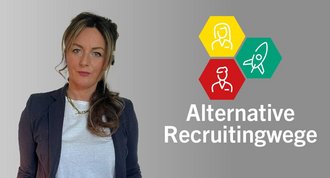
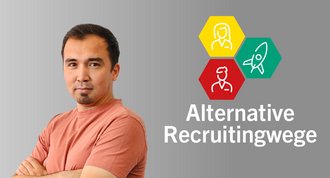



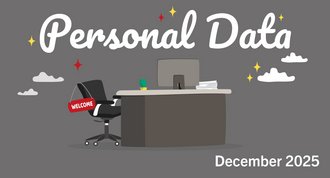
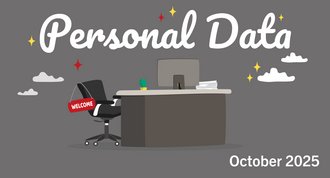
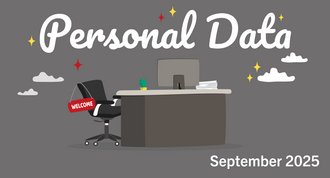
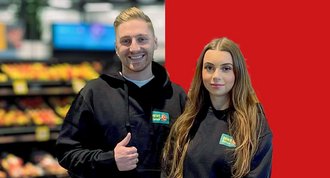
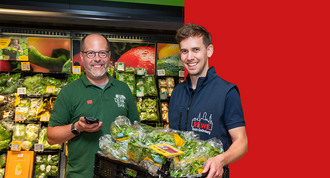
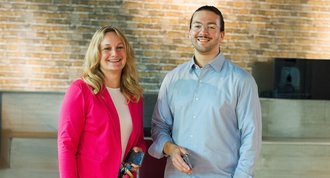
Both German and English comments appear here.
I would really like to see fewer English terms used in these articles, even if they give a thing a cool and professional look. If you want to convey content, it makes sense to do so in understandable language. Some expressions may be common in HR departments, but they are not for everyone. If the aim of the article is to include all "work levels", then it would be great if this could also be achieved linguistically.
Very interesting approach. Many thanks for sharing!